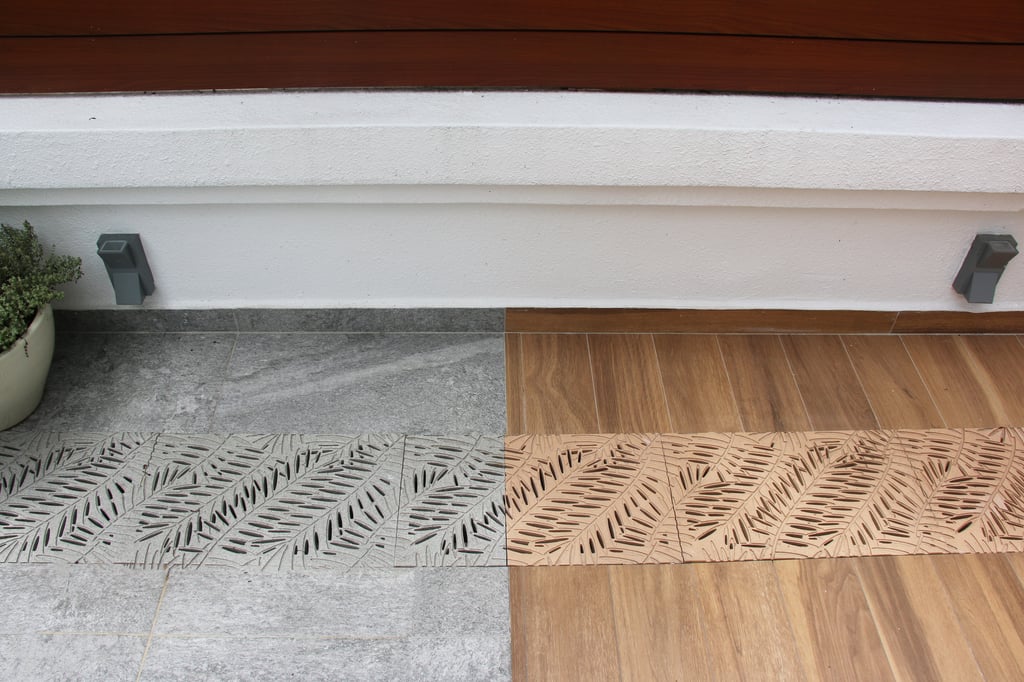Architecture has the innate ability to affect our psychological being and appeal to us aesthetically. In fact, design is all around us. Yet, working and living in an environment where innovation can lift moods and bring about positive changes is a rare occurrence. Here are some of the architectural features that one can take into consideration as they have a significant impact on bringing about an overall improved quality of life.
Windows
When we look at windows, we think of their correlation to light. The presence of windows itself already reduces stress levels, and fatigue as natural light can seep in. Such visible light affects the ability of the human body to produce melatonin and thus affects digestion and sleeping patterns positively. It also stimulates serotonin to be produced, leading to lower depression levels.
Huge windows allow light to seep in
Moreover, having windows can give one the opportunity to look out at the natural view, which further induces refreshing and restorative emotions. In fact, it is recommended that windows installed are large as small windows may make the room seem more claustrophobic and suffocating.
Lastly, in the presence of more natural light due to the installation of large windows, studies show that occupants generally become happier and more productive. Not only does exposure to natural light increase energy levels, but it also improves one’s problem-solving skills as well as mental clarity to take on the rest of the day.
Staircase
If given an option, one would prefer to use lifts instead of stairs to reach their destination. This is because climbing the stairs is more often than not portrayed as too tedious for many. As such, it is essential to structure the staircase in a building such that it seems inviting and not strenuous.
For instance, a spiral staircase not only takes up less space as compared to a conventional staircase but also adds a touch of luxury to the entrance of the building or house, adding to feelings of grandeur.
Spiral staircase in a typical housing estate
Indeed, the form and structure of a staircase affect our pacing, feelings, safety, and, on a more personal level, our relationship with the environment around us. Compare a grand and monumental stairway versus an unevenly paved and narrow one; there would ultimately be a higher sense of security using the wider stairway, where the way you walk would even be slower and steadier.
Ceiling
Many may not notice, but the height of the ceiling can also affect the way we think and feel in a closed space.
- Higher Ceiling
As a higher height gives off feelings of spaciousness, they tend to induce more creativity and abstract thinking. As such, more creative spaces such as art studios and theatre-based buildings tend to have a higher ceiling so that people in these spaces will evoke more positive emotions.
However, it is also important to note how high ceilings may also bring about a lack of intimacy to some as the feelings of expansion and being ‘pulled’ brings discomfort instead.
- Lower Ceiling
When the ceiling is lower, it is built so people can focus on the specifics in a smaller space.
However, this acts as a double-edged sword as the effect created from a lower ceiling may portray the place to be more crampy and squeezy. As a result, this may instead make one more lethargic.
Lower ceiling height brings advantages and disadvantages
Indeed, when deciding on what height of ceiling to implement, it really depends on the purpose of your building or room!
Colour Scheme
Colours play a crucial role in the world we live in. Colours have the ability to sway one’s thinking, change actions, and cause reactions.
Compare a brightly coloured yellow building to a dull grey one; there is clearly a difference. Let us look at Jonite's very own stone grates to see how colours make a difference. Jonite's Champagne Yellow stone grates are of a brighter shade that can not only bring happiness and vibrance but can also stimulate creativity. On the other hand, grey-toned colours such as the Steel Grey coloured grates give off a more minimalistic look that is beautiful and simple.
 Jonite's coloured grates
Jonite's coloured grates
Other standard creative colours used in architecture are green and blue.
At Jonite, Smoky Green and Bamboo Green coloured grates are offered. This is under the belief that green mimics nature and can connect people to the environment. Moreover, it is a soothing colour to look at, just like blue. In fact, researchers have found that people tend to be more productive in a room where green or blue-toned objects dominate because they bring calmness and can ensure that one stays more focused.
One tip from us- try including green or blue tones in bathrooms, study rooms and bedrooms! These colours work best in smaller-sized rooms.
Final Thoughts
At the end of the day, from the layout of the space to every small detail, the architecture of a place can contribute significantly to the occupant's health, mood, and productivity. Only when an area is well-designed will an occupant reshape their behaviour and attitude towards the place.










